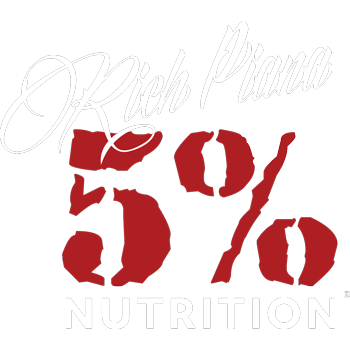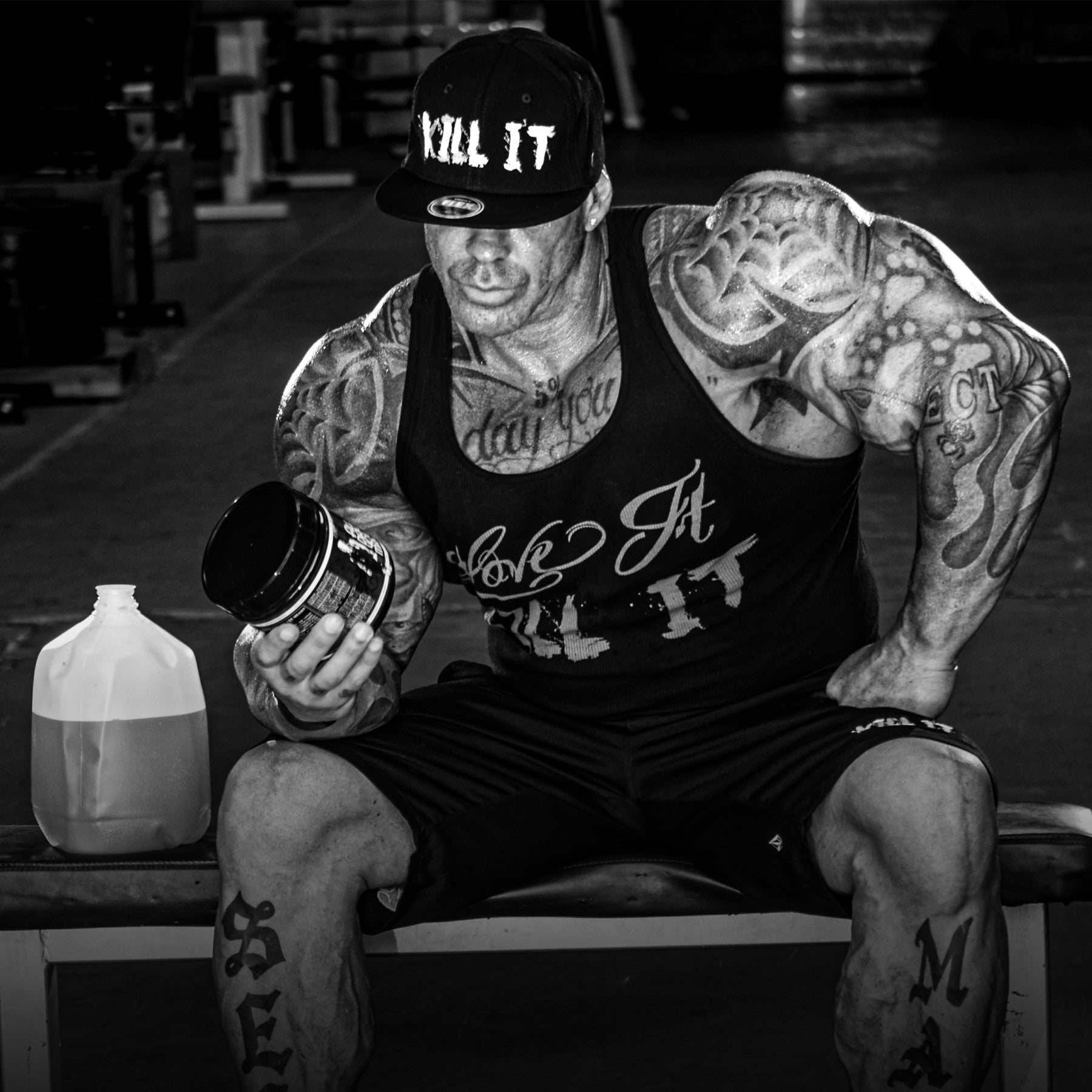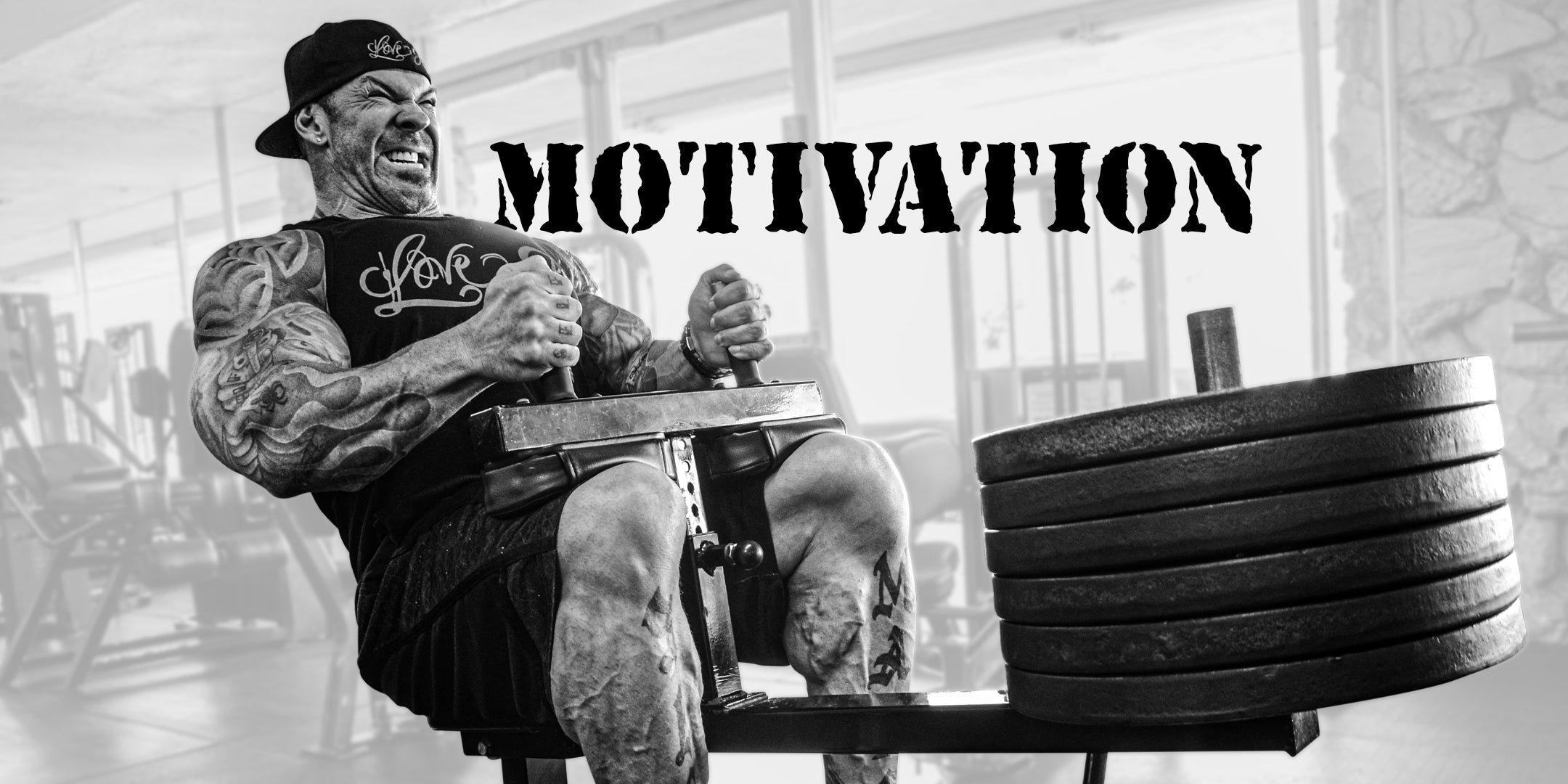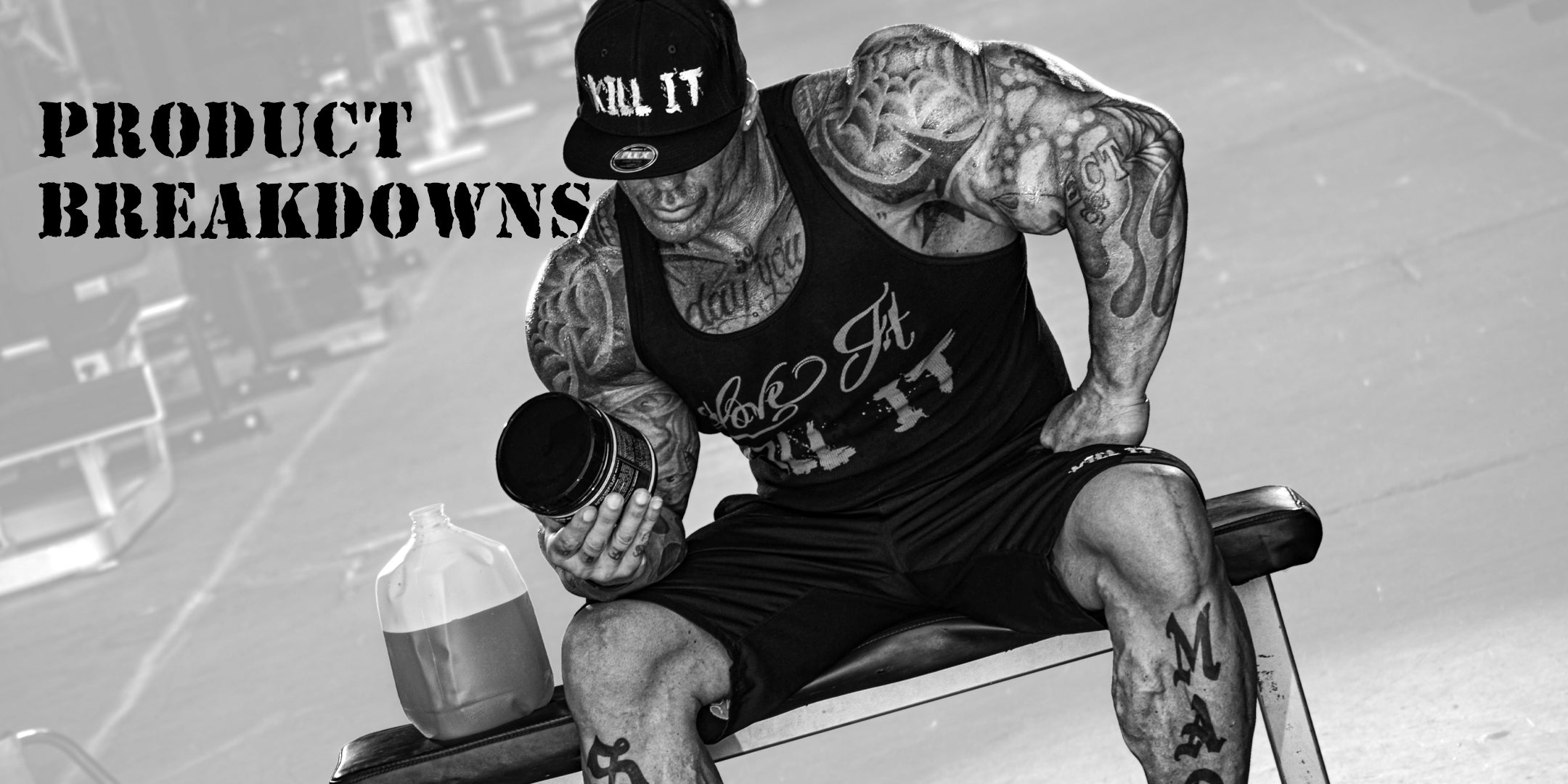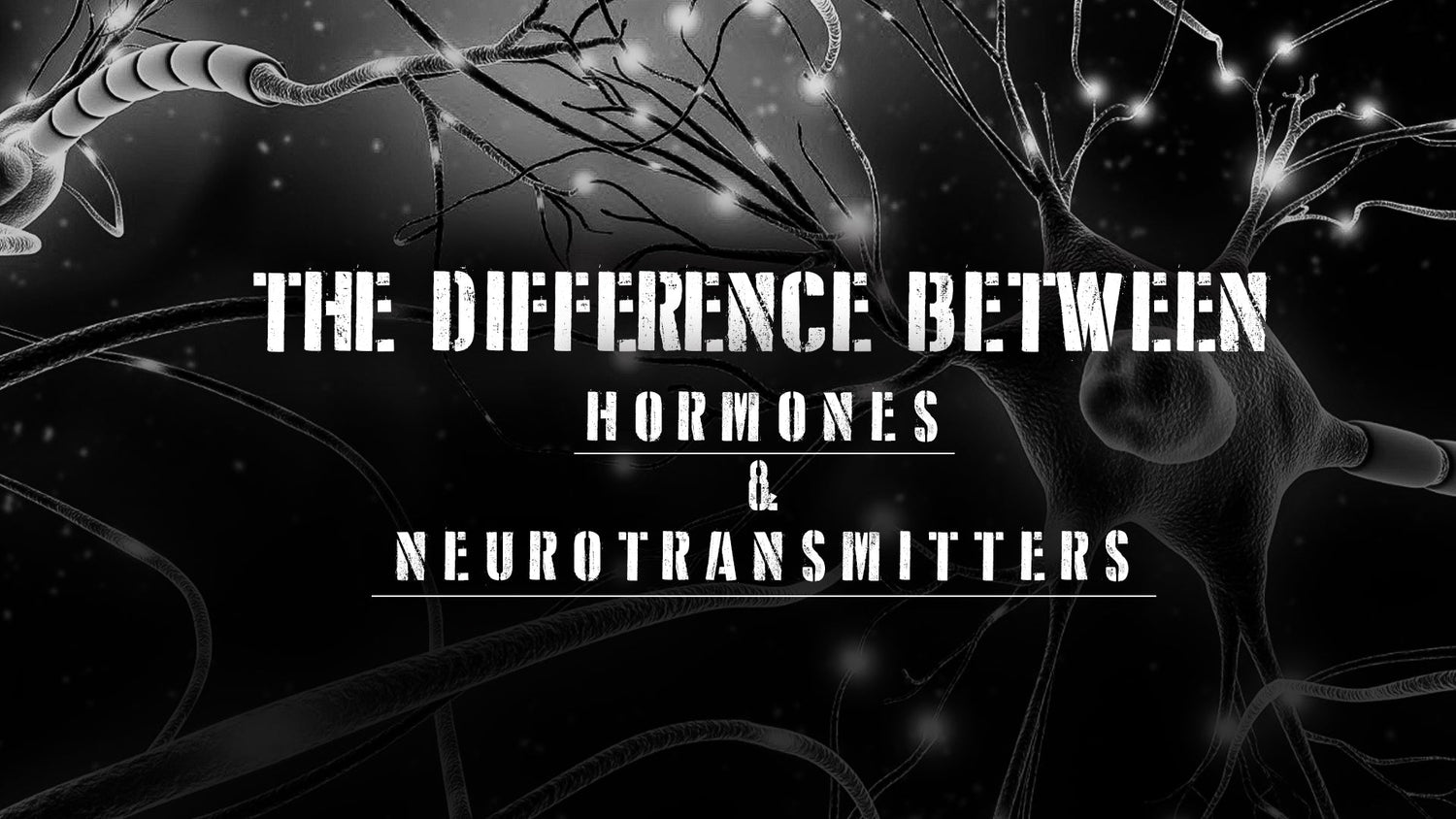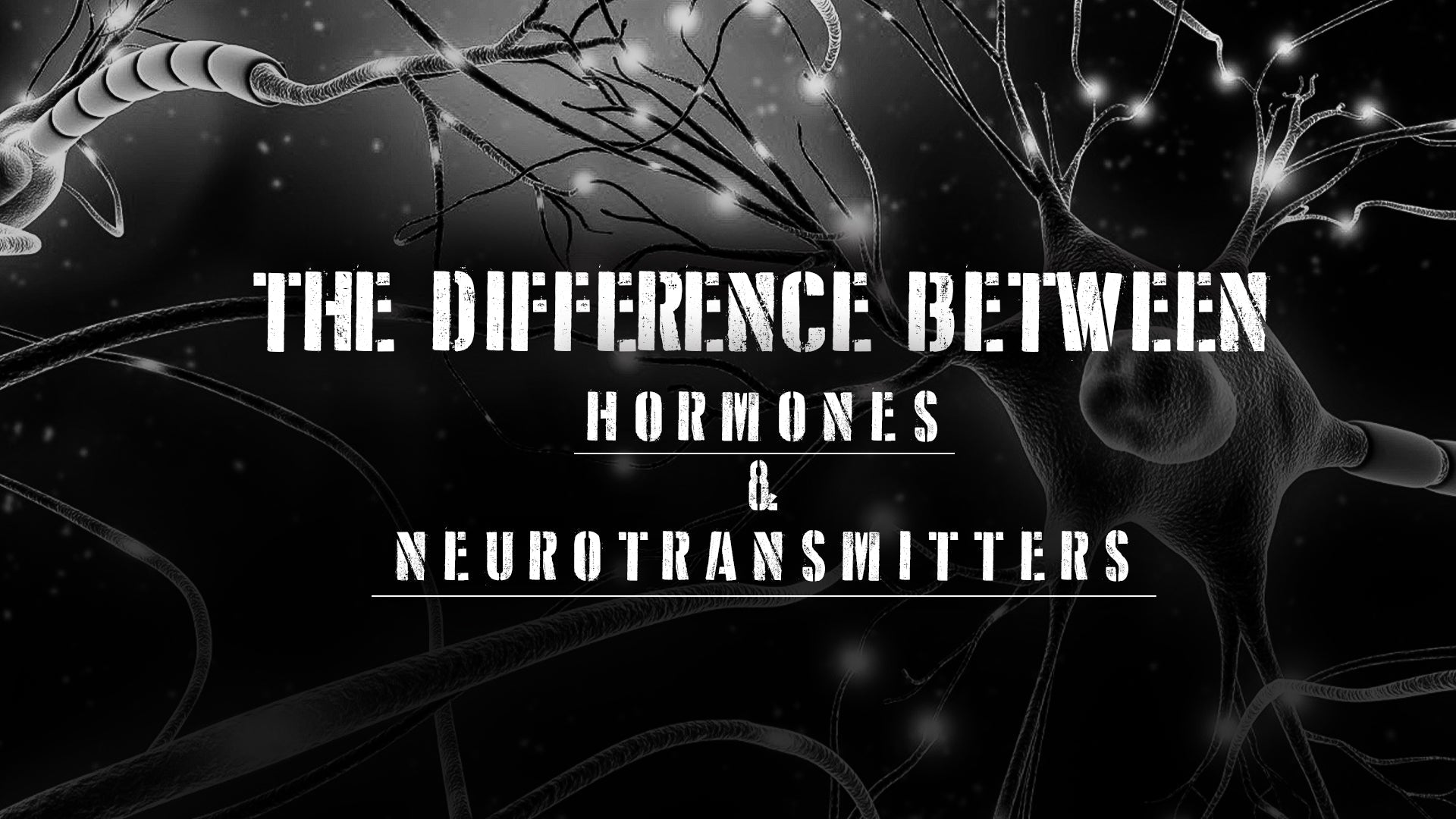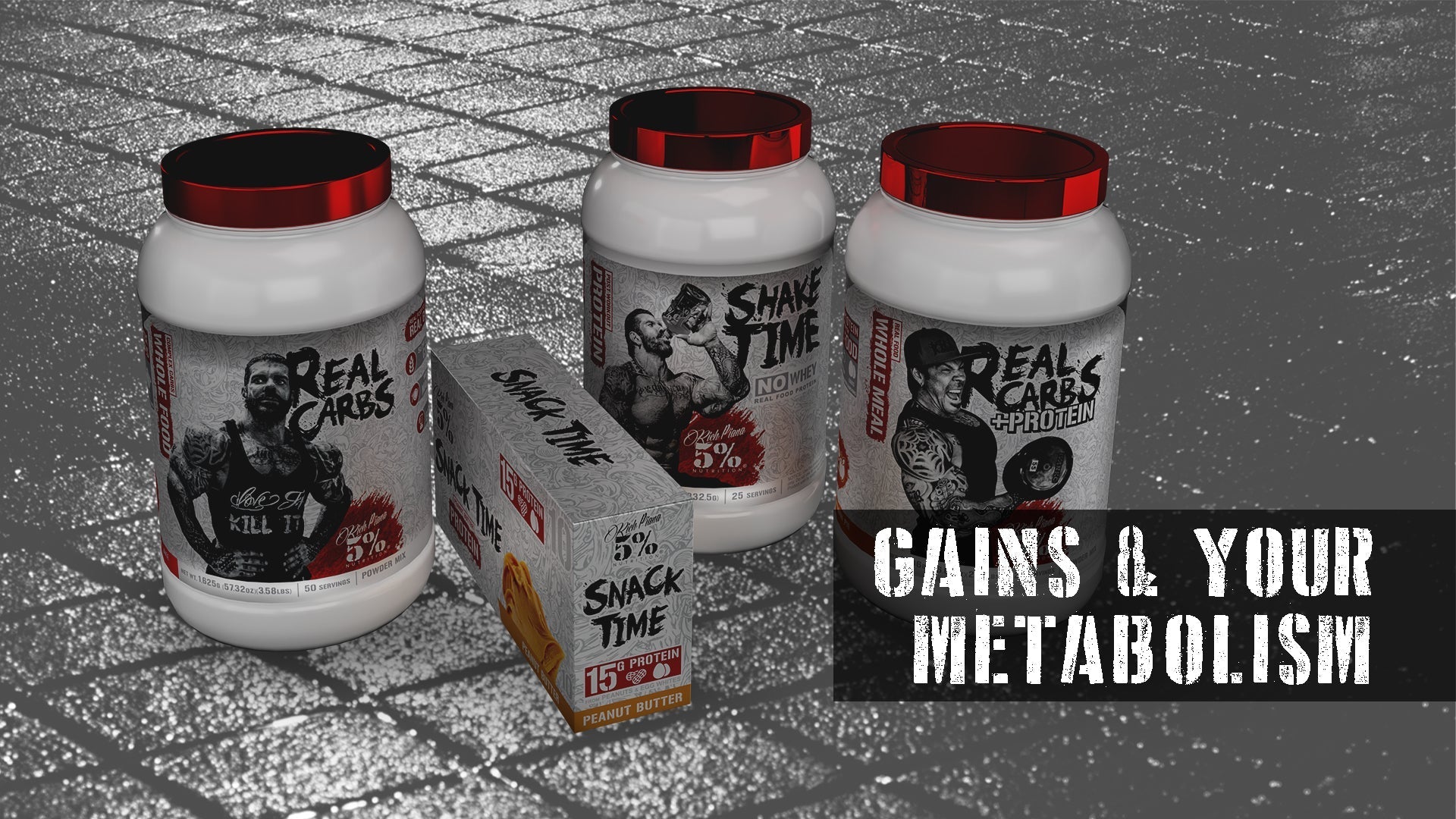In Part 1 of our Series, How Hormones And Neurotransmitters Can Help You, we provided a working definition of hormones. In Part 2, we look at several specific hormones that can help you reach your physique goals. We also present tips that help you make the most of each one, including which 5% supplements.
The Functions Of Hormones
Testosterone
This is a steroid hormone that is derived from cholesterol. Yes, that’s right, cholesterol. It is produced by the interstitial cells of Leydig (cells in the testes, named after Franz von Leydig, the man that discovered them). Testosterone affects growth – including muscle growth, as well as the development of sexual characteristics. Testosterone is an androgen, making it one of the steroid hormones. Of the total amount of testosterone produced by the body, only a relatively tiny percentage (2-3%) is available for muscle growth. A little further down, we will find out how estrogen and cortisol affect testosterone.(1)
Tip: Make the most of your body’s natural testosterone production by using the 5% Nutrition line of test boosters. These include TEST, Core D-Aspartic Acid, and Core ZMA. Also, stick to a high protein, moderate complex carb, moderate healthy fat diet, include compound exercises in your workouts, and get a good night’s sleep.
Growth Hormone
This is a protein hormone consisting of 191 amino acids. Its primary functions are to stimulate growth, cell reproduction, and cell regeneration. GH stimulates growth by accelerating the rate of protein synthesis. GH stimulates growth indirectly via the liver: it binds to receptors on the surface of liver cells which stimulate them to release insulin-like growth factor-1 (IGF-1)(2)
Tip: Optimize protein synthesis with All Day You May, and your favorite 5% Nutrition protein source. This will make the most of leucine, the amino acid directly responsible for protein synthesis activation. Time your protein meals, do not take your daily requirement in one or two servings. Instead spread it out over the day. Also, since much of the total day’s release of this hormone happens at night, use Drink Sleep Grow. This great product helps you sleep and promotes protein synthesis with timed-release leucine.
IGF-1
This is a protein hormone similar in structure to insulin. IGF-1 increases the rate of amino acid uptake by muscle cells, and other target cells. These effects take place quickly after GH is released. They are more pronounced after a meal when the bloodstream has higher levels of glucose and amino acids. As noted, GH indirectly promotes growth through IGF-1.(3)
Tip: Since IGF-1 is one of the main methods through which GH acts on the body, the same concepts apply.
Insulin
Historically, there’s always been a lot of debate about which hormone is more beneficial to the process of muscle growth – testosterone or insulin. Instead of fueling that fire, we’re here to tell you to take advantage of both. That’s how progress happens.
Insulin is a protein hormone released by the pancreas when levels of glucose increase above normal. The functions of insulin take place through a series of events that begins when it attaches to target receptors. This, in turn, activates these receptors. The bottom line is greatly increased glucose absorption and utilization, ATP production, amino acid absorption, and protein synthesis. In other words, if you’ve recently taken a dose of, say, All Day You May, you can expect faster nutrient transport to your muscles.
A negative function of insulin is that it promotes fat storage. As noted, insulin is secreted in response to higher than normal levels of glucose. This causes a spike, which in turn causes any excess carbohydrates to be stored as fat.(4)
Tip: Keep sugary carbs to a minimum. Also, keep tabs on your total carb intake. A consistent excess of carbohydrates will ultimately show up on your waistline, and this can happen faster than you might think. Make insulin work for you by timing sugary carbs with your pre and post-workout meals and 5% supplements. Do what Rich did and use Real Carbs post-workout with fast carbs and a 5% protein source. Also, use Freak Show with your biggest carbohydrate meals. This outstanding supplement makes your carbs work for you, not against you.
Estrogen
This is the female sex hormone and is responsible for a woman’s growth and development, much like testosterone is in men.(5)
Tip: Increased production of testosterone also means increased estrogen. The estrogen inhibitors in TEST Test Booster will offset this. There’s also Core DIM to take estrogen control to the next level.
Cortisol
Cortisol is a destructive catabolic hormone that the body releases in response to stress. While cortisol has positive functions, it also causes the breakdown of proteins (like muscle tissue). Cortisol also blocks the effects of testosterone in the body. The most important thing to remember about cortisol is that stress stimulates its release. That includes the physical stress of a tough training session as well as mental/emotional stress.(6)
Tip: Since cortisol levels are naturally high in the morning, don’t wait to get your protein in! As mentioned, stick to well-timed, high-protein meals. Also, offset the catabolic effects of training by using All Day You May during your workout.
- These statements have not been evaluated by the Food and Drug Administration. This product is not intended to diagnose, treat, cure or prevent any disease.
Recap
We covered a lot of territory in Parts 1 and 2. Upcoming in Part 3, we’ll dive into neurotransmitters, and which 5% supplements help you make the most of them.
- These statements have not been evaluated by the Food and Drug Administration. This product is not intended to diagnose, treat, cure or prevent any disease.
References:
- “Biology” by Campbell and Reece, p. 993, 1005
- Normal Physiology of Growth Hormone and Insulin-Like Growth Factors in Childhood, Cecillia Camacho-Hubner, MD, Dept of Endocrinology, St. Bartholomew’s Hospital, London EC1A 7BE, UK
- Fundamentals of Anatomy and Physiology, by Martini, p 604
- Fundamentals of Anatomy and Physiology, Chapter 18, The Endocrine System, by Frederic H. Martini, p.617-620
- https://health.howstuffworks.com/sexual-health/sexuality/estrogen-and-testosterone-hormones-dictionary.htm
- https://news.utexas.edu/2010/09/27/stress-hormone-blocks-testosterone’s-effects-study-shows
